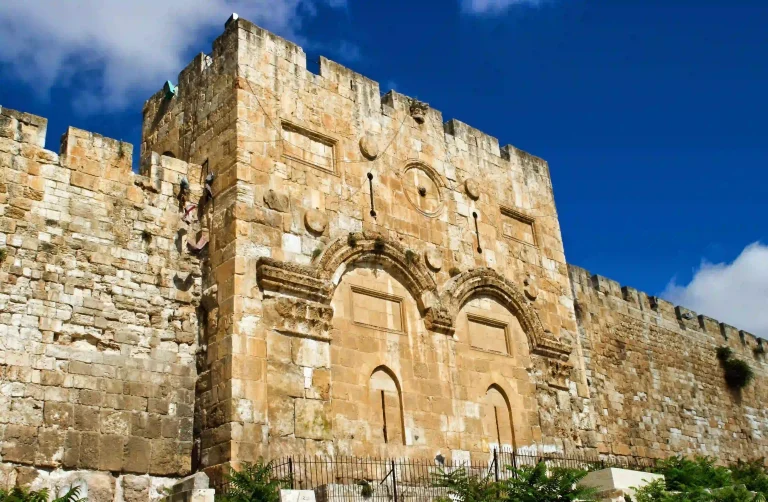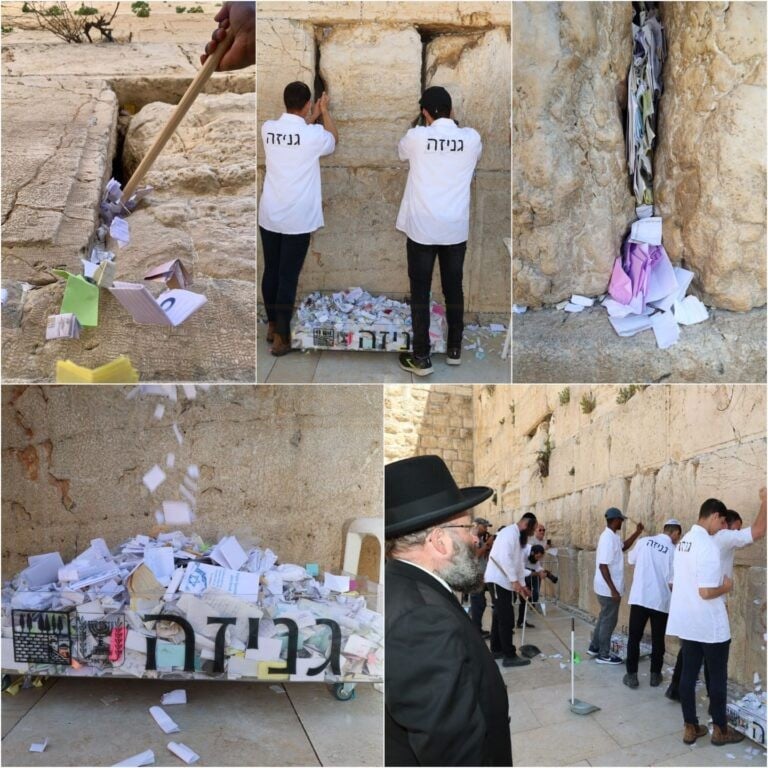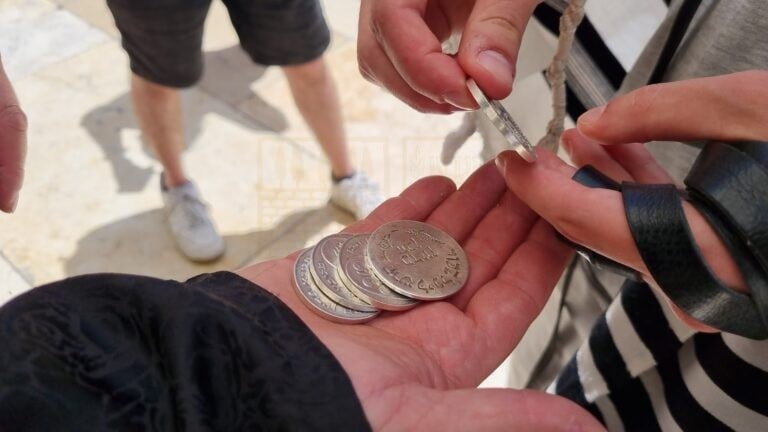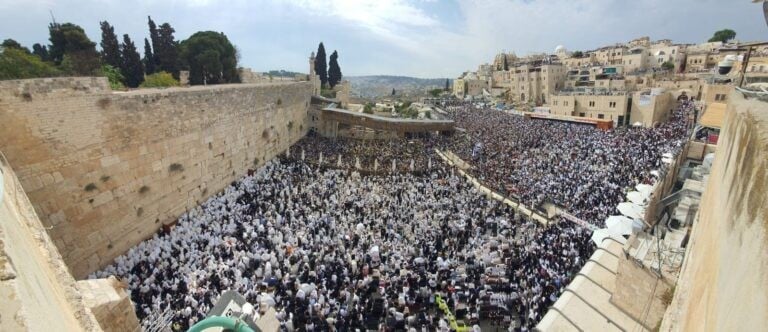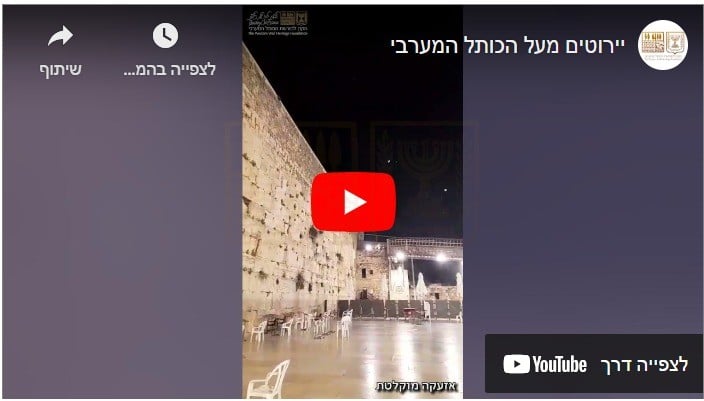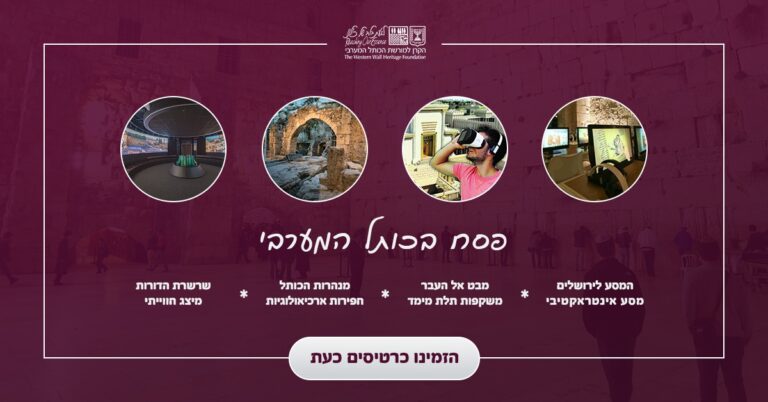An additional mitzva of Sukkot is the Four Species ? Etrog, Lulav, Hadas and Arava, which we hold together every day during, or after, Tefilla. Other than that, Sukkot has a most interesting and surprising mitzvah:
“חג הסוכות תעשה לך… ושמחת בחגך ? אתה ובנך ובתך, ועבדך ואמתך, והלוי, והגר והיתום והאלמנה אשר בשעריך… והיית אך שמח!”
?You shall make yourself the Festival of Sukkoth ? And you shall rejoice in your Festival ? you, and your son, and your daughter, and your manservant, and your maidservant, and the Levite, and the stranger, and the orphan, and the widow, who are within your cities ? and you will only be happy?
(Deuteronomy, 16:13-15)
It is a specific mitzvah in the Torah to be happy during the days of Sukkot. While the Temple was still standing, this mitzvah was observed in Jerusalem:
“שבעת ימים תחוג לה’ א-לוהיך במקום אשר יבחר”
?Seven days you shall celebrate the Festival to the Lord, your God, in the place which the Lord shall choose?
(Deuteronomy, 16:15)
The Simchat Beit Hasho?eva celebrations were held in the Beit Hamikdash on every night of Sukkot. This was a place that was generally quiet and restrained, but the greatest sages and priests would now dance and play on musical instruments, even doing all sorts of antics, to increase happiness.
It was said that:
“מי שלא ראה שמחת בית השואבה, לא ראה שמחה מימיו”
?Whoever did not see the happiness of Simchat Beit Hasho?eva, did not see true happiness in his life?
[Tractate Sukkah, Chapter 5, Mishna 1)
Now that the Beit Hamikdash is no longer standing, we uphold this mitzvah in various ways: we sit in decorated Sukkas, we meet with friends and family, we generally drink a ?lechayim? with them, and many communities hold the Hakafot Shniyot celebrations, to remember the dancing and singing at the original Simchat Beit Hasho?eva.
Our happiness on Sukkot is an expression of our reliance on the Divine good that Hashem showers upon us. Symbolically, we leave our permanent homes, where we are protected and safe, and move into the Sukkah ? a temporary abode ? whose roof, made of branches and leaves, does not protect us from the cold and rain. We are creating an artificial situation, but one that expresses our true inner sentiments, of confidence in the Creator of the Universe.
The Hallel prayer that we say after Shacharit every morning on Sukkot includes the following verse:
“מי כה’ א-לוהינו המגביהי לשבת, המשפילי לראות בשמים ובארץ”
?Who is like the Lord, our God, Who dwells on high, Who lowers [His eyes] to look in the heavens and the earth??
(Psalms 113:5-6)
The exalted, transcendental God, as defined by Maimonides ? ?who cannot be perceived by any human being? ? what is He doing? What interests Him? What is important to Him?
“מקימי מעפר דל, מאשפות ירים אביון”
?He lifts the pauper up from the dust, from the dungheap He raises up the needy?
(Psalms 113:7)
The following verse is one of the highlights of the Hallel prayer:
“אבן מאסו הבונים ? הייתה לראש פינה”
?The stone that the builders rejected became a cornerstone?
(Psalms 118:22)
The author uses a metaphor from the world of construction. When the builders examine the stones for the future building that is about to be built, they take the beautiful, cut stones, and the others are put aside for possible use. But there is a stone that is so ugly that the builders throw it aside. And then, surprisingly, we see that this stone is not ugly at all. On the contrary, it is displayed at the front corner of the building, at the most prominent position. The builders could not discern its beauty and discarded it to the side, but someone recognized the special beauty of this stone beneath the layers of dirt and ugliness.
This stone is, obviously, compared to Am Yisrael. For many years the Jewish People were compared to a disgusting stone, which no one wanted. We were persecuted, humiliated and defamed. We were accused of spreading plagues and of committing horrific blood libels. Did this nation have any chance to survive? Would anyone throughout history believe that one day this nation would revive and fulfil its purpose as a symbol of intelligence and morality? How can we feel secure in the existence of the Divine promise today, that this disgusting stone will become the Cornerstone?
So the verse continues and offers a response:
“מאת ה’ הייתה זאת! היא נפלאת בעינינו”
?This was from the Lord; it is wondrous in our eyes?
(Psalms 118:23)
There is no place for patting anyone on the back. The Jewish People have survived and are even flourishing, only thanks to Hashem?s Divine Supervision that gave them a spiritual role. On Sukkot we once again declare, in words and in actions, that our basic foundation, as a nation, as communities and as individuals, is what we said only several days ago:
“כי על רחמיך הרבים אנו בטוחים, ועל צידקותיך אנו נשענים”
?Because we are safe in Your many mercies and rely on Your Righteousness?
The Zohar terms the Sukka “צילא דמהימנותא” ? the Shadow of Faith. When we convene into the Sukkah, we are purchasing eternal property of faith and security in Hashem, which can elevate man to mental realms of serenity and happiness, and this is the fundamental source of happiness on Sukkot.
